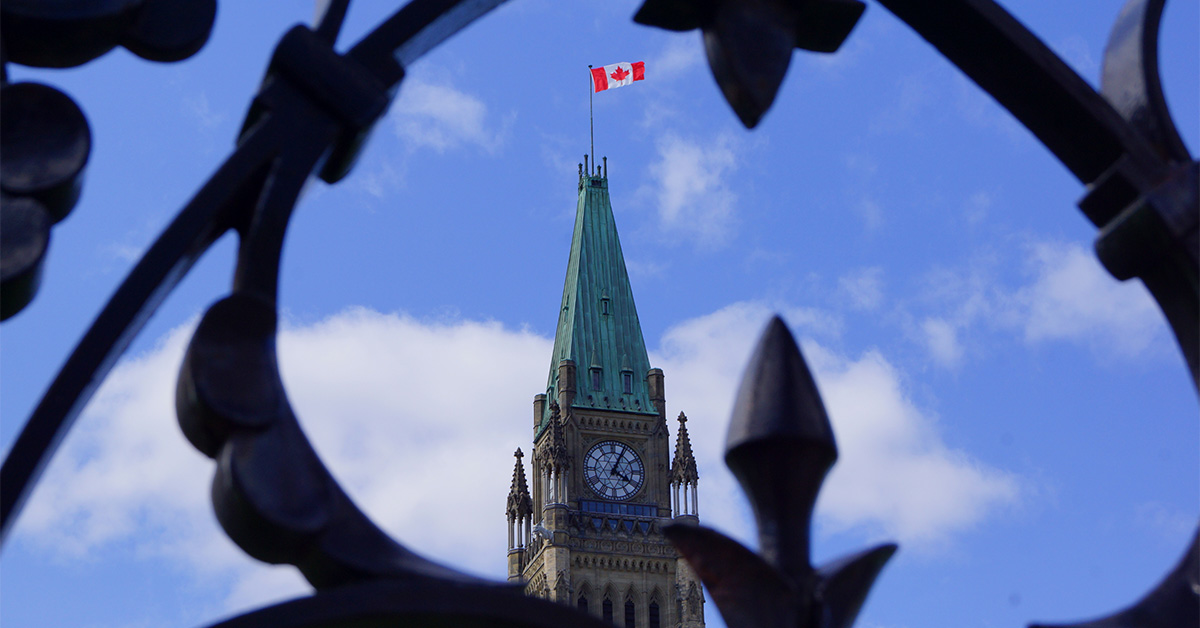Canada has announced it will reduce its target for new permanent residents by 90,000 for 2025 as the federal government gives in to political pressure to cut immigration numbers.
Immigration Minister Marc Miller announced in the House of Commons on Thursday that the target would drop from 485,000 in 2024 to 395,000 in 2025.
Further cuts are planned, to 380,000 in 2026 and 365,000 in 2027.
The previous Immigration Levels Plan, from fall 2023, included targets of 500,000 for both 2025 and 2026.
This represents a major change in policy for Trudeau’s Liberals, who have increased immigration numbers steadily since coming to power in 2015, from the under 300,000 new immigrants targeted in the final year of Stephen Harper’s Conservative government.
Canada’s 2025 to 2027 Immigration Levels Plan
| Immigrant Category | 2025 Target | 2026 Target | 2027 Target | |
| Overall Planned Permanent Resident Admissions | 395,000 | 380,000 | 365,000 | |
| Overall French-speaking Permanent Resident Admissions outside Quebec | 29,325 | 31,350 | 31,500 | |
| Economic | Federal Economic Priorities | 41,700 | 47,400 | 47,800 |
| In-Canada Focus | 82,980 | 75,830 | 70,930 | |
| Federal Business | 2,000 | 1,000 | 1,000 | |
| Federal Economic Pilots: Caregivers; Agri-Food; Community Immigration Pilots; Economic Mobility Pathways Pilot | 10,920 | 9,920 | 9,920 | |
| Atlantic Immigration Program | 5,000 | 5,000 | 5,000 | |
| Provincial Nominee Program | 55,000 | 55,000 | 55,000 | |
| Quebec Skilled Workers and Business | 34,500 | TBD | TBD | |
| Regularization Public Policy | 50 | 100 | 200 | |
| Total Economic | 232,150 | 229,750 | 225,350 | |
| Family | Spouses, Partners and Children | 70,000 | 66,500 | 61,000 |
| Parents and Grandparents | 24,500 | 21,500 | 20,000 | |
| Total Family | 94,500 | 88,000 | 81,000 | |
| Refugees and Protected Persons | Protected Persons in Canada and Dependents Abroad | 20,000 | 18,000 | 18,000 |
| Resettled Refugees – Government Assisted | 15,250 | 15,250 | 15,250 | |
| Resettled Refugees – Blended Visa Office Referred | 100 | – | – | |
| Resettled Refugees – Privately Sponsored | 23,000 | 19,000 | ||
| Total Refugees and Protected Persons | 58,350 | 55,350 | 54,350 | |
| Total Humanitarian and Compassionate and Other | 10,000 | 6,900 | 4,300 | |
Trudeau faced a backlash from within his own party on Wednesday at a Liberal caucus meeting, with several of his own MPs speaking out against the policies of the prime minister.
“Today’s announcement is the next step in our plan to address the evolving immigration needs of our country,” Miller said.
“While it’s clear our economy needs newcomers, we see the pressures facing our country, and we must adapt our policies accordingly.
“These changes will make immigration work for our country so that everyone has access to the quality jobs, homes and supports they need to thrive. We have listened to Canadians, and we will continue to protect the integrity of our system and grow our population responsibly.”
For the first time Canada has also set temporary residence levels for the intake of work permit and study permit holders.
Canada aims to welcome 673,650 new work and study permit holders in 2025, 516,600 in 2026 and 543,600 in 2027.
This will see Canada’s temporary population decline by 445,901 in 2025, 445,662 in 2026 and see an increase of 17,439 in 2027.
Canada’s Temporary Residence Levels Plan
| 2025 | 2026 | 2027 | |
| Overall Arrivals | 673,650 | 516,600 | 543,600 |
| Workers (Total) | 367,750 | 210,700 | 237,700 |
| International Mobility Program | 285,750 | 128,700 | 155,700 |
| Temporary Foreign Worker | 82,000 | 82,000 | 82,000 |
| Students | 305,900 | 305,900 | 305,900 |
The shift in policy follows a change in the attitudes of the Canadian population towards immigration. The latest Environics poll – followed closely by the government – showed that the majority of Canadians (58 per cent) felt the country was accepting too many immigrants.
With an election due by October 2025, Trudeau knows he has to address the issue if he stands a chance of winning a third term.
The Liberal government’s policy has always been to address a shrinking labour market using immigration. However, rising housing costs and pressure on health care has seemingly forced its hand on abandoning its policy of increasing numbers. It is likely to mean difficulties for businesses looking to hire, with Canada’s aging population meaning thousands are leaving the labour pool.
Where Will Canada Cut Immigration Numbers?
Federal Economic Class
Canada has made a strategic change in the Federal Economic Class to focus on candidates already in the country. It has divided the class between ‘Federal Economic Priorities’ and ‘In-Canada Focus’.
The first category, which will welcome 41,700 newcomers, represents occupation-specific draws first introduced in 2023. These target five sectors: Healthcare, STEM, Transport, Trades and Agriculture and Agri-Food. It also includes the French language proficiency category.
The second category, which will welcome 82,980 newcomers, represents draws aimed at programs. IRCC states that the vast majority of these will come through Canadian Experience Class draws, with some coming through Federal Skilled Worker and Federal Skilled Trades draws.
Provincial Nominee Programs
The number of PNP newcomers will drop by half in 2025, to 55,000 from a target of 110,000 in 2024. The category is expected to remain at 55,000 for 2026 and 2027, having previously set targets of 120,000 for both years.
Family Reunification
Family reunification will also take a cut, by 20,000 to about 94,000 in 2025, from a targeted 114,000 in 2024.
Refugee and Protected Persons
Although refugee and asylum seeker newcomers can vary depending on the number of applications, this class is also set for a reduction of 20,000. The targeted level was 76,115 in 2024.
FAQ on Canada’s Planned Immigration Reductions
Why is Canada reducing its immigration targets for 2025?
Canada is set to reduce immigration targets due to political pressure and changing public sentiment. A recent Environics poll revealed that 58% of Canadians believe the country accepts too many immigrants. Rising housing costs and pressure on healthcare have also contributed to the decision.
How many immigrants is Canada planning to accept in 2025?
Canada is expected to lower its immigration target to 395,000 in 2025, down from 485,000 in 2024. Further reductions are planned for 2026 and 2027, with targets set to reach 380,000 and 365,000, respectively.
Which immigration categories will see the largest cuts?
The most significant reductions are expected in the federal economic class, including Express Entry programs, with a 60% cut. Provincial Nominee Programs (PNPs) and family reunification programs will also see substantial reductions in their targets.
What impact will these reductions have on Canada’s workforce?
With Canada’s aging population and a shrinking labour pool, the reductions may lead to hiring challenges for businesses. Immigration has been a key policy to address labour shortages, and these cuts could exacerbate those issues in sectors relying on skilled foreign workers.
Is the temporary resident program also affected by the cuts?
Yes, temporary resident levels are expected to decrease as well. Canada plans to reduce the number of work and study permit applications to just over 300,000 in 2025, a 30,000 reduction from previous targets. Temporary residents currently make up 6.5% of Canada’s population.





